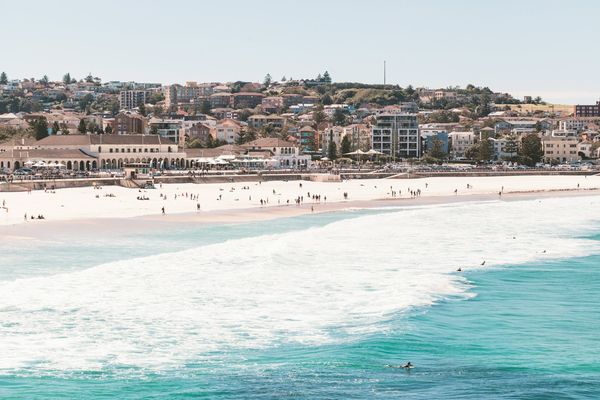
When I started birding, it was daggy – that was precisely why I wanted to learn more. I wanted to do something so niche, so consuming, I could lose myself in it. I was in a funk that needed urgent lifting.
It started as a distraction. I was battling addiction and mental illness, spending so long in clinics and therapists’ rooms my vitamin D count had bottomed out.
In my younger days, I loved bushwalking but had no friends left to do it with. I couldn’t carry a pack anyway, as my back health was terrible due to lack of exercise.
Somehow I heard about a weekend introduction to birds at The Briars, Mt Martha, run by Birds Australia (now BirdLife Australia).
A wholesome course of nature studies seemed harmless enough. I could get out of the house – and my long-sleeved shirts – for a couple of days.
I went and it was a bit, ahem, obscure. I’m ashamed to say the lengthy talks about bird taxonomy made me fidget like a child. There were slideshows, nature walks and dusty bird specimens laid out on a table in lines.
A spark was lit but it wasn’t very bright.
Everything changed when I enrolled in Tafe and studied David Malouf’s novel Fly Away Peter. The elegiac descriptions of Jim’s response to birds ignited me:
This creature that I could catch so easily in my hands, feeling the heart beat and the strong wings flutter against my palms … has been to Siberia. Its tiny, quick eye has seen something big. A whole half of the Earth.
Who could resist? I wanted to see for myself the godwits and sandpipers that poor, doomed Jim studied in the Gold Coast hinterland in 1914.
[Sadly, some of those migratory shorebirds are in as much trouble now as a soldier in the trenches, with one species, the curlew sandpiper, dropping in number dramatically in the last 20 years.]
So I bought binoculars and began watching birds. I frequented parks and wetlands. I got a key to Werribee’s Western Treatment Plant. I went on beginner’s outings and began climbing a learning curve that hasn’t levelled out yet.
It’s ridiculously easy to observe birds. Like cloud spotting, you need only stay still and pay attention (you can even watch birds – or clouds – out your window).
Suddenly shapes in the sky, on the water and in the trees take on a name and a meaning. Your perceptions expand, you “get” the bird species and a new dimension of the world is exposed.
Pinpointing birds involves a quantum leap, a jolt of comprehension. You gaze at a branch or follow a jerky movement, twiddling the knob of your binoculars. Suddenly, you discern the bird that was there all along.
It’s a heightened state with a strange loss of self. The more birds you recognise, the more you feel part of the natural world.
Once you start experiencing birds, it’s difficult to stop. Your “bird radar” is never turned off. Many birders will admit to pulling over on busy roads to check out a bird of prey above, or screaming to a halt when a brolga or banded lapwing come into view.
Above a busy Caulfield crossroad I once saw five pelicans slowly revolve in a circle, floating on the summer thermal currents. Pulling over was awkward.
I took to birds pretty late but now can’t remember a time when I didn’t scour the sky.
Of course, birding is not all joy and transcendence. You can’t understand birds without learning about the conservation issues they face.
Take the orange-bellied parrot. It may be on the road to recovery but, for a wealthy country, Australia has far too many endangered birds, many without plans for their revival (known as recovery plans).
The critically endangered bush stone-curlew is of great significance to many First Nations peoples. According to Wurundjeri elder Aunty Joy Murphy Wandin, the bird is part of the land; when it cries, it gives a message of warning.
We must heed the warning and step up conservation. To do that, we must care a lot more.
I’m passionate about class Aves the way others love pop stars or sports teams. I swapped one addiction for another and I don’t mind at all.
Debbie Lustig is a Melbourne writer, birdwatcher and occasional wildlife rescuer







